In 2014, Bosnia and Herzegovina issued a series of stamps titled “Ethnological Treasure – Traditional Handicrafts,” with a focus on lacing. These stamps celebrated the country’s rich cultural heritage and showcased the intricate art of traditional lacing.
The stamps were issued to honour and preserve Bosnia and Herzegovina’s traditional handicrafts, highlighting the artistry and cultural importance of lacing. These stamps serve as a reminder of the country’s diverse heritage and the skills passed down through generations.
The “Bosnia 2014 Ethnological Treasure – Traditional Handicrafts – Lacing” refers to a specific cultural and artistic tradition in Bosnia and Herzegovina, highlighting the rich history and craftsmanship of traditional lacing. This topic likely explores the intricate designs, methods, and cultural significance of lacing as a traditional handicraft in Bosnia.
Key Aspects of Traditional Lacing in Bosnia:
- Historical Significance:
- Traditional lacing has deep roots in Bosnian culture, with techniques and patterns passed down through generations.
- It reflects the diverse cultural influences in Bosnia, including Ottoman, Slavic, and Central European elements.
- Techniques and Materials:
- Bosnian lacing typically involves delicate and detailed needlework, creating intricate patterns.
- Common materials include cotton, silk, and sometimes metallic threads, used to create a variety of lace types such as bobbin lace, needle lace, and crochet lace.
- Patterns and Designs:
- Patterns often feature geometric shapes, floral motifs, and sometimes symbolic elements representing local folklore and traditions.
- The designs can vary significantly between different regions and ethnic groups within Bosnia.
- Cultural Context:
- Lacing is often associated with traditional clothing and household items, including tablecloths, bedspreads, and decorative garments.
- It plays a role in significant life events such as weddings and religious ceremonies, where laced items are often used or gifted.
- Preservation and Revival:
- There are ongoing efforts to preserve and revive traditional lacing techniques as part of Bosnia’s cultural heritage.
- Workshops, cultural festivals, and educational programs help to keep the craft alive and introduce it to new generations.
- Modern Interpretations:
- Contemporary artisans and designers may incorporate traditional lacing into modern fashion and home décor, blending old techniques with new styles.
In 2014, there may have been particular initiatives or events aimed at highlighting the importance of traditional lacing in Bosnia. This could include exhibitions, publications, or cultural heritage projects dedicated to documenting and promoting this craft.
Traditional lacing is a treasured part of Bosnia’s ethnological heritage, embodying the skill, creativity, and cultural identity of its people. By understanding and appreciating these handicrafts, we can gain insight into the rich tapestry of Bosnian culture and its historical development.
s


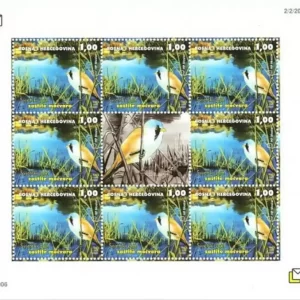
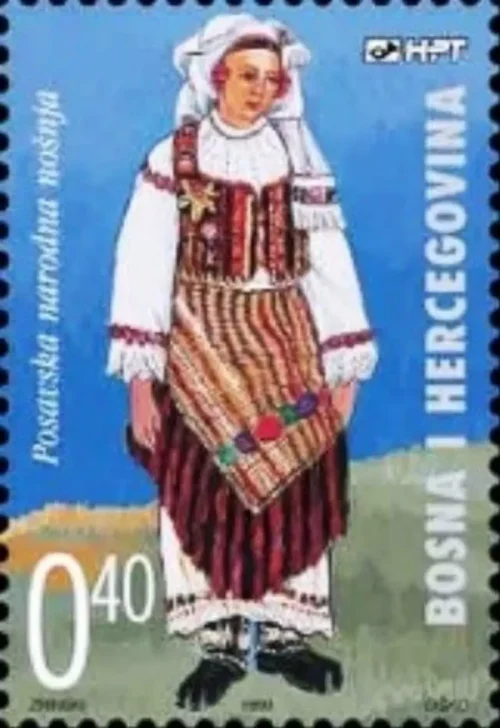

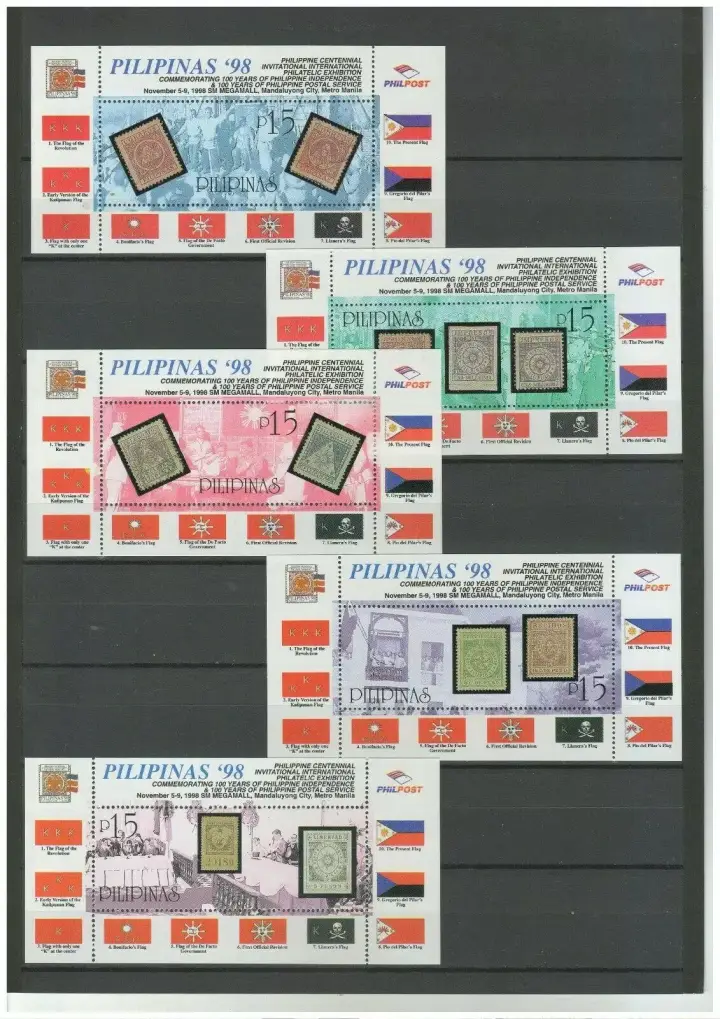

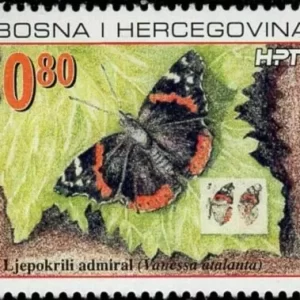
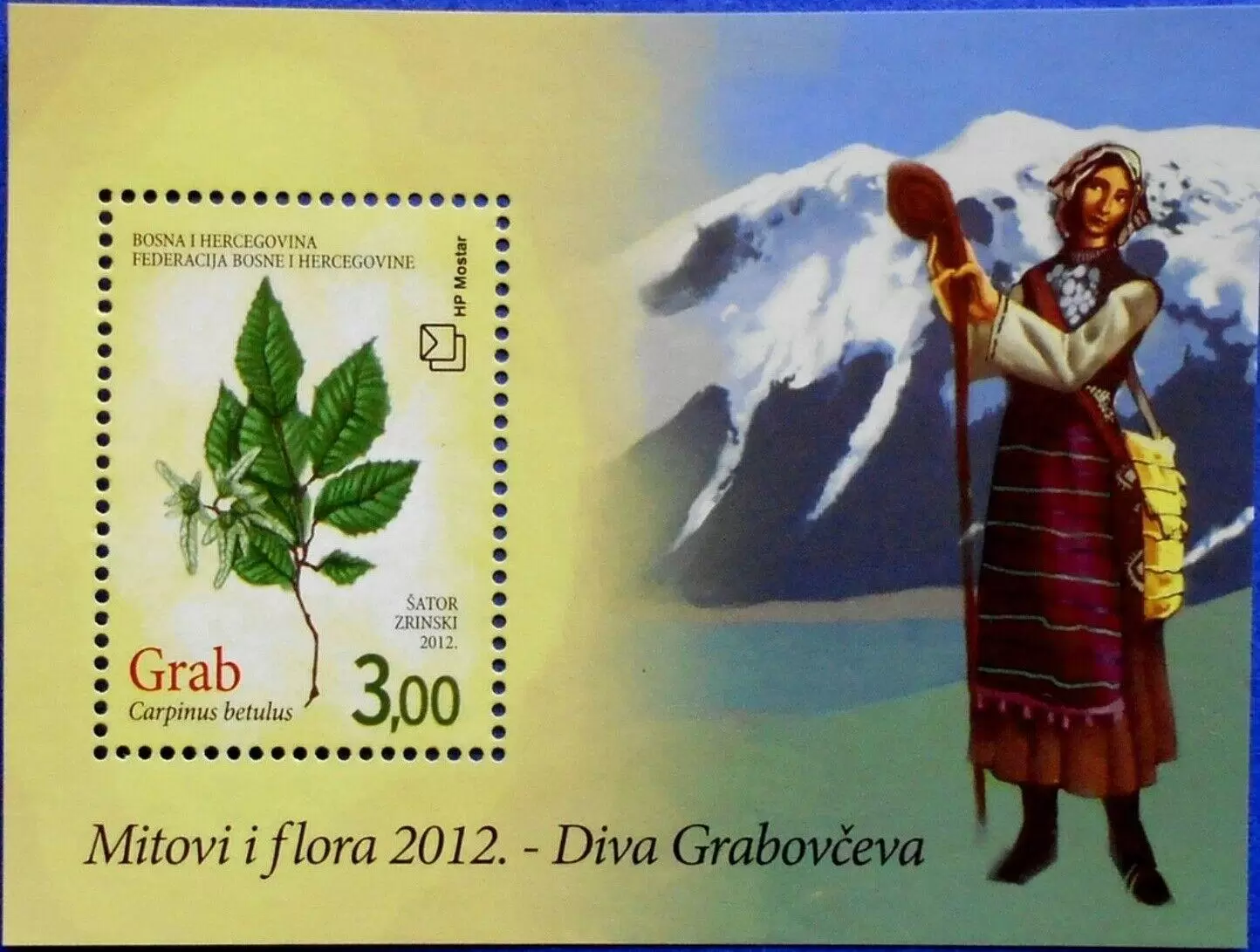
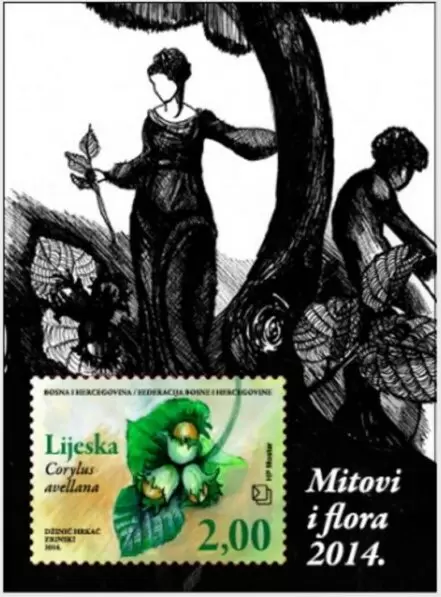
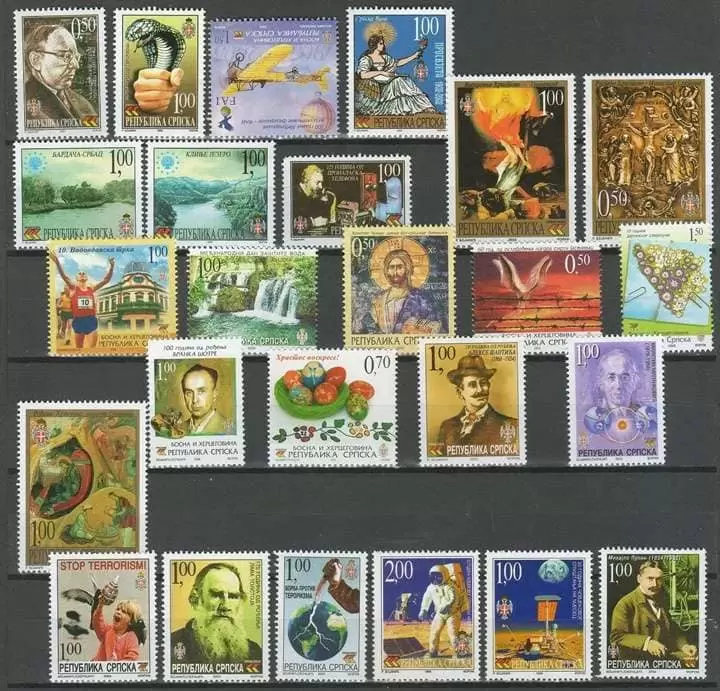
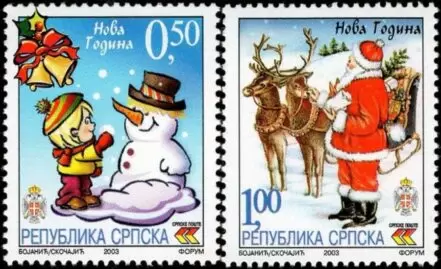
Reviews
There are no reviews yet.